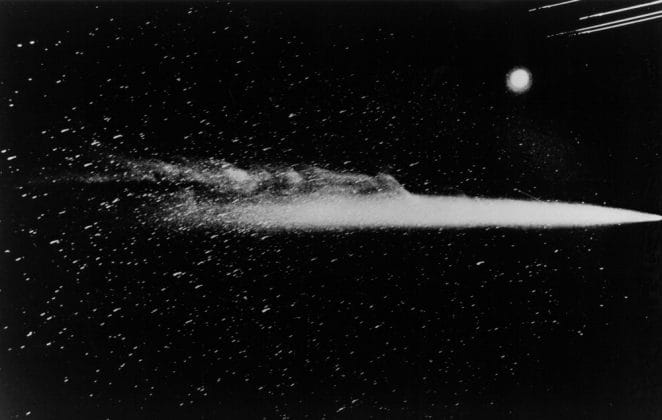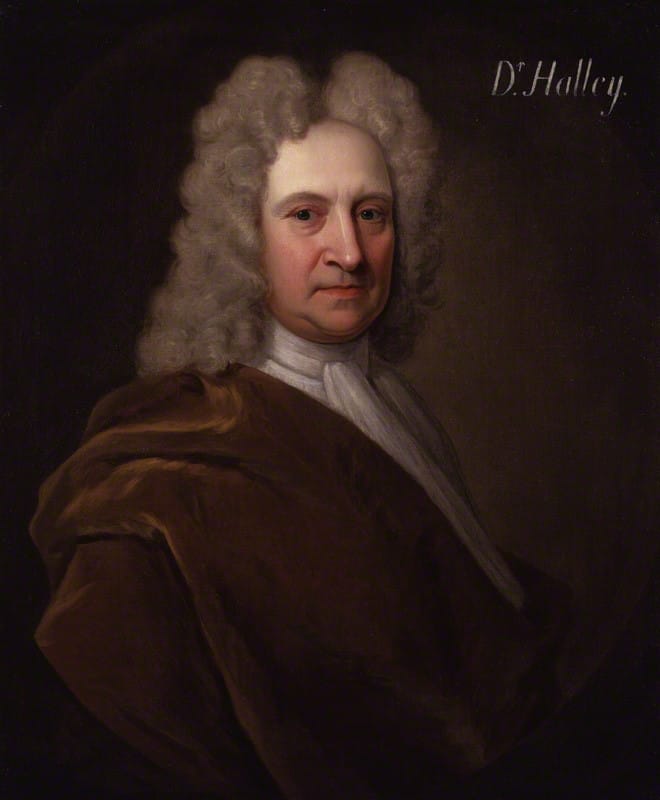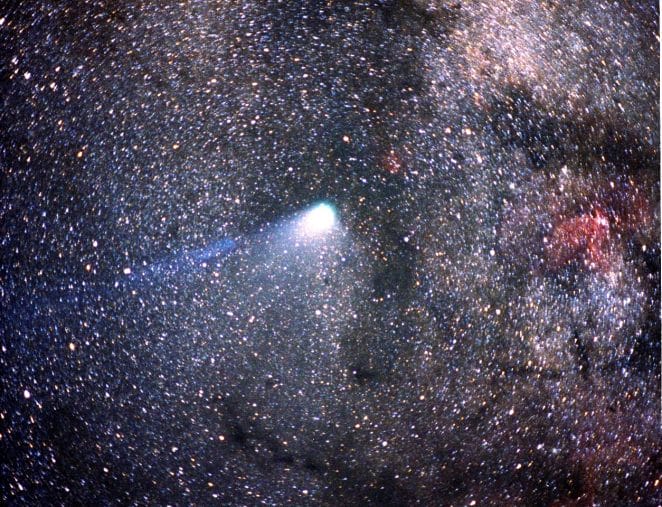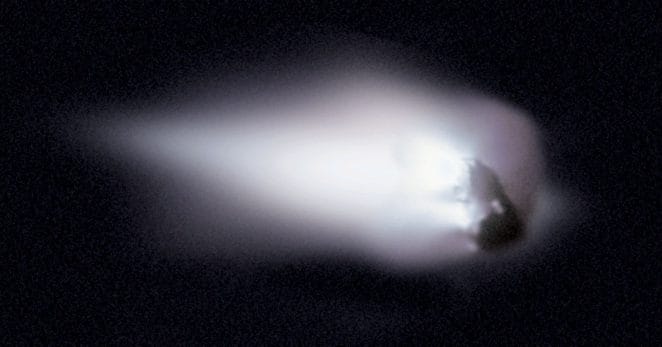Comets are a type of Solar System object composed of an ice and dust nucleus that developed in the Solar System’s outer regions. The comet is one of the most well-known and intriguing celestial bodies. The comet is thought to be visible with the naked eye, but this is not the case for the vast majority of individuals. The position of the comet, however, may be determined using a telescope.

The Solar System’s Most Famous Comet
Halley’s Comet is officially known as 1P/Halley. It is a short-period comet that orbits the Earth once every 75–76 years, and it is the only known short-period comet that can be spotted with the naked eye from the planet. A previous appearance in the inner Solar System by Halley took place in 1986, and she will make her next appearance in the inner Solar System in mid-2061.



Did You Know?
- The first confirmed apparition of Halley’s Comet in the historical record dates from 240 BC, when a comet appeared in the east and travelled north, according to the Chinese chronicle Records of the Grand Historian or Shiji.
- In 1682, Edmond Halley, an English astronomer and mathematician, made a breakthrough by being the first to calculate the orbit of Halley’s Comet, which was later named in his honour. He hypothesised that comet sightings in 1531, 1607, and 1682 were caused by the return of a single comet every 76 years.
- In 1910, a wide-angle camera at Lowell Observatory in Flagstaff, Arizona, captured the first images of Halley’s Comet.
- On January 28, 1986, the astronauts onboard Nasa’s Space Shuttle Challenger’s STS-51L mission were also planned to observe the Halley Comet, but the shuttle exploded 73 seconds after launch due to a rocket malfunction, killing all seven astronauts.
- In 1986, the European Space Agency’s Giotto became the first spacecraft to undertake close-up studies of a comet, making Halley’s Comet the first comet to be studied in detail. The surface of Halley, as viewed by spacecraft, is mostly dusty and non-volatile materials, with just a small percentage of it being icy.
- When Halley’s Comet passes Earth in 2061, it will be on the same side of the sun as the planet, making it far brighter than it was in 1986.
- The Orionids meteor shower, which can be seen from Earth every October, is triggered by small debris from Halley’s Comet entering Earth’s atmosphere.
Sources:Wikipedia, Wikipedia, Wikipedia, Wikipedia, Space





GIPHY App Key not set. Please check settings